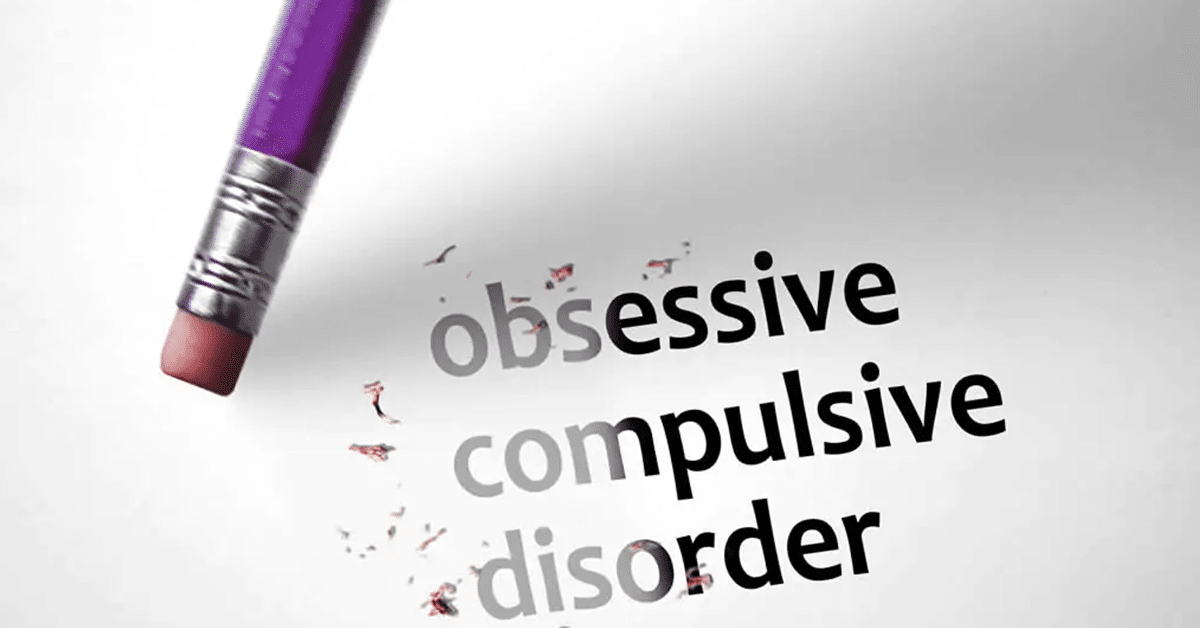There are so many moments in our lives that we can point to where our breath was taken away by something that leaves us in awe. We can feel these moments, and we know they are unique. Our awareness extends outside of ourselves, connected to what is around us, bringing forth a sense of something grand, perhaps larger than we are.
The ancient scriptures of the Vedas call it “Atman,” a Sanskrit word that means inner self, spirit, or soul. In Zen Buddhism, it is known as the “Tao,” or the natural order of the universe. In his work “Internal Family Systems,” Richard Schwartz, Ph.D. calls this “The Self.” He defines the self as our true “being-ness” and inner essence. It is also called “the peace that passes all understanding,” the “Holy Spirit,” or “Shalom.” Some call it “Om.”
The process of spiritual discovery isn’t about getting stuck in our past but becoming comfortable with our present. When we are alert to the present moment, we reduce the chatter of thought that can so easily distract us from what is essential. In the present moment, the “now” is where we see the truth of our mind and discover ourselves. We shift from the ego’s conversation, inevitably focused on the negative, to a different dialogue – one that begins to sound softer around the edges and expresses compassion and connection. That is not to say that we ignore the past – we can begin seeing it differently and relate to it in a healthier way.
Research from top neuroscientists examining the effects of spirituality provides evidence for spiritual practices helping our brain heal from numerous conditions, particularly anxiety and depression. Authors such as Rick Hanson, Ph.D. (Buddha’s Brain: The Practical Neuroscience of Happiness, Love, and Wisdom), Lisa Miller, Ph.D. (The Awakened Brain: The New Science of Spirituality and Our Quest for an Inspired Life), and Andrew Newburg, M.D., (How God Changes Your Brain: Breakthrough Findings from a Leading Neuroscientist) are among the leaders in this field.
Helping clients access this place by teaching simple yet powerful techniques such as meditation, breathing exercises, body recovery, prayer, journaling, and so much more can bring a client out of darkness and into the empowerment of their light. Whether someone is religious or spiritual, devout or atheist, anyone can recognize the certainty of something greater than ourselves, whether it emanates from nature or the cosmos.
That “something” is our pathway to healing the damages of trauma, addiction, anxiety, or depression and their effects on our souls.
Keep Reading
Want more? Here are some other blog posts you might be interested in.







